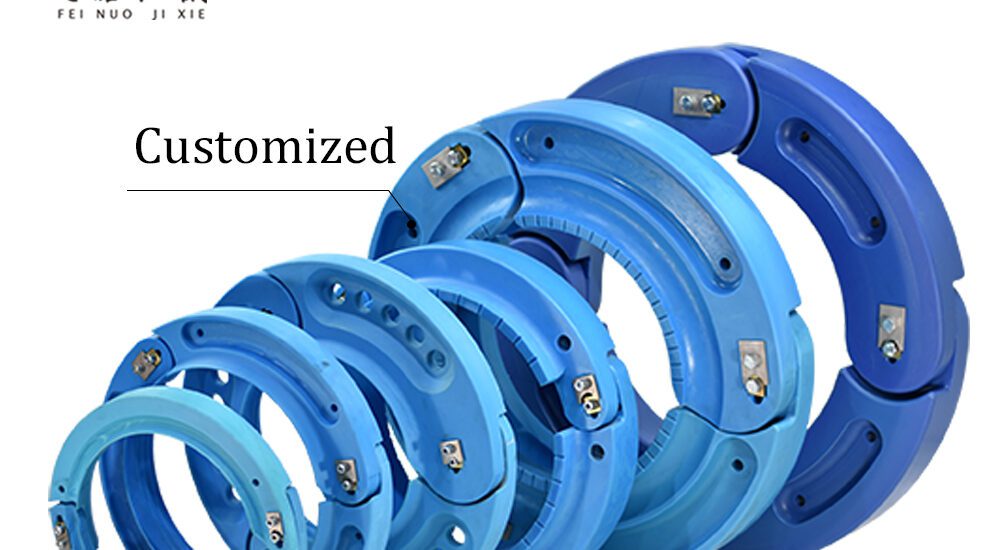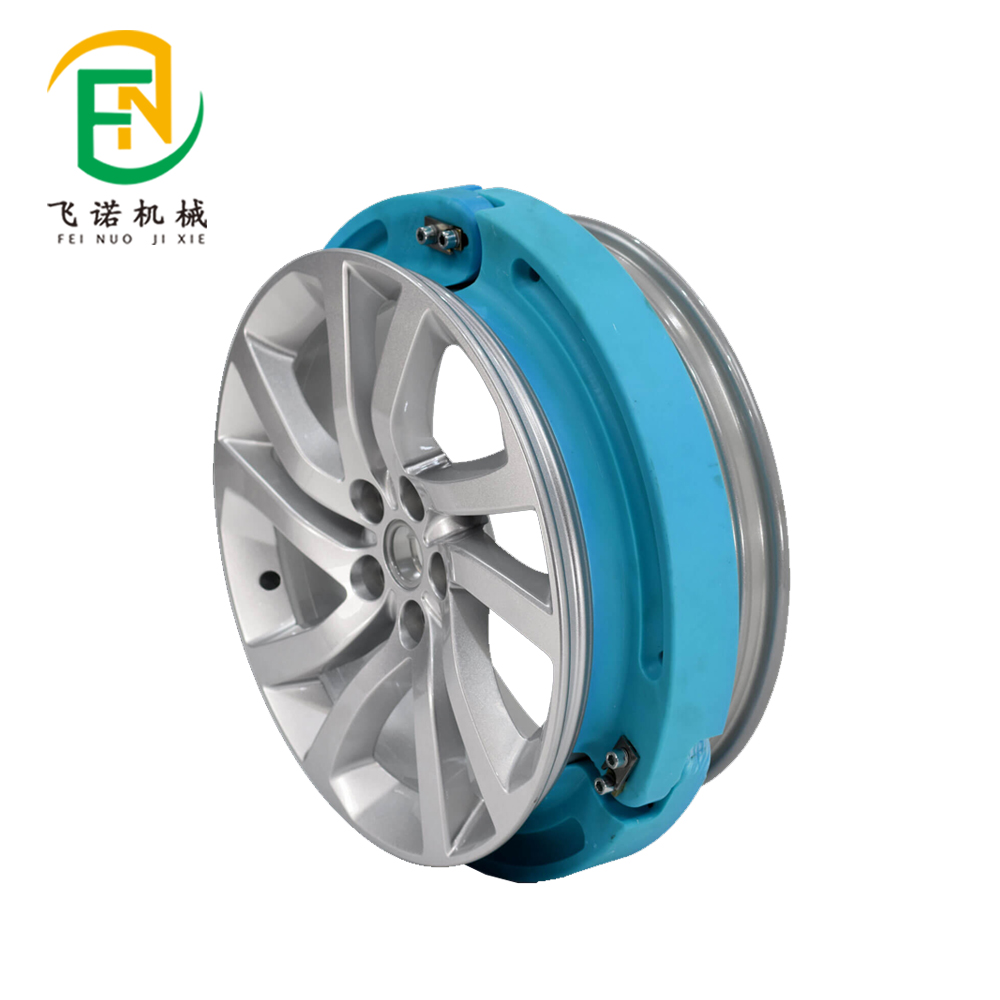- June 12, 2025
- Posted by: feinuojixie
- Category: Run Flat Guide


In modern warfare, victory often hinges on the ability to move swiftly and survive under pressure. Mobility is not just a convenience—it’s a tactical necessity. From desert patrols to urban incursions, military vehicles are expected to endure the harshest environments without faltering. One often-overlooked component that plays a decisive role in ensuring this resilience is the run flat tire military application. Unlike standard tire, these specially engineered variants are designed to maintain performance even after suffering critical damage. For defense forces around the world, they offer a silent yet crucial advantage—allowing missions to continue when others would grind to a halt.
The Core Concept: What Makes a Run Flat Tire Military-Grade
At the heart of a military-grade run flat tire is a blend of engineering precision and rugged durability. Unlike civilian versions, military run flat tire is built with reinforced sidewalls and internal support systems—often in the form of polymer inserts or special rings. These allow the tire to continue functioning even after losing air pressure due to puncture or ballistic damage. The rubber compound is tougher, and the bead design ensures a tight lock with the rim under extreme conditions. This level of resilience is essential for vehicles operating in hostile territory, where stopping to change a tire could mean risking lives.


Built for Combat: Key Advantages of Run Flat Tire in Military Vehicles
The primary advantage of a run flat tire in military operations is its ability to maintain mobility after sustaining damage. A vehicle fitted with these tires can travel dozens of kilometers even when fully deflated. This buys precious time for troops to exit dangerous zones or reach their objective without delay. Additionally, run flat tire helps reduce the logistical burden of carrying spares or equipment for tire replacement. For armored carriers, troop transports, and reconnaissance vehicles, this means improved payload efficiency and readiness. In short, run flat tire ensures that one of the most vulnerable points of a vehicle—the wheel—no longer poses a critical weakness.
Mobility Without Compromise: How Run Flat Tire Enhance Tactical Movement
Military operations rarely occur on paved roads. Vehicles must often cross rugged landscapes, traverse uneven ground, and push through debris-filled environments. Run flat tire gives armed forces the ability to maintain control and speed in such conditions. Whether navigating desert sands, mountain trails, or urban rubble, these tires provide the grip and durability required to maintain forward momentum. Their low-pressure performance and structural integrity ensure that even with a blowout, a vehicle’s handling remains stable enough to maneuver through complex terrain. This kind of tactical agility can make the difference between mission success and failure.
Safety Under Fire: Protecting Soldiers and Equipment with Run Flat Tire
When ambushed or under fire, seconds matter. The ability to keep a vehicle moving after it has been hit can be a life-saving advantage. Run flat tire prevents a flat from becoming a death trap. By maintaining drivability after a blast or bullet impact, they allow the vehicle to flee, regroup, or push forward. This directly contributes to the safety of personnel inside. Furthermore, run flat tire reduces the need for on-field repairs, minimizing exposure to enemy fire during vulnerable downtime. In high-risk zones, this passive layer of protection is indispensable.
Real-World Applications: Run Flat Tire Military Use in Action
The effectiveness of run flat tire in military applications is not theoretical—it’s proven in the field. During conflicts in the Middle East, for instance, many tactical vehicles have relied on run flat tire to survive roadside ambushes and IED attacks. Armored Humvees and MRAPs equipped with such tires have managed to extract soldiers from hot zones without delays. Special operations forces also favor vehicles with run flat tire for covert insertions and extractions, where silence and reliability are key. These examples illustrate how critical tire technology is in real-world combat scenarios.


Innovation and Evolution: The Future of Run Flat Tire Military Design
As military needs evolve, so too does the technology behind run flat tire. Emerging designs incorporate composite materials, lighter-weight inserts, and self-sealing layers to further extend performance and durability. Some manufacturers are developing smart tire systems that can detect damage, adapt pressure automatically, and relay diagnostics to the driver in real time. As autonomous military vehicles become more common, the reliability of every component—especially the tire—becomes paramount. The next generation of run flat tire will not only be tougher but also smarter, supporting a more advanced and resilient military fleet.
The Unseen Force Behind Mission Success
Though often overshadowed by weapons systems or armor plating, the run flat tire military contribution is undeniable. It is the quiet enabler of mission mobility, soldier safety, and tactical efficiency. In the ever-changing landscape of warfare, where terrain, speed, and reliability shape outcomes, run flat tire provides a tactical advantage that cannot be ignored. From the deserts to the front lines, these tires continue to roll when others fail—carrying missions, and lives, forward.
